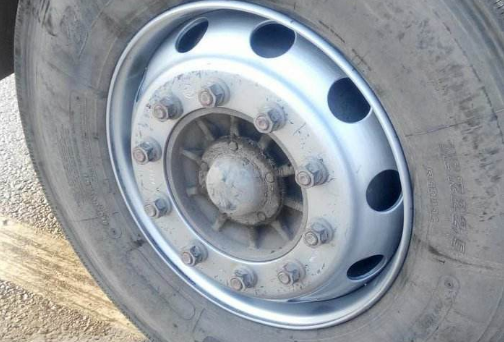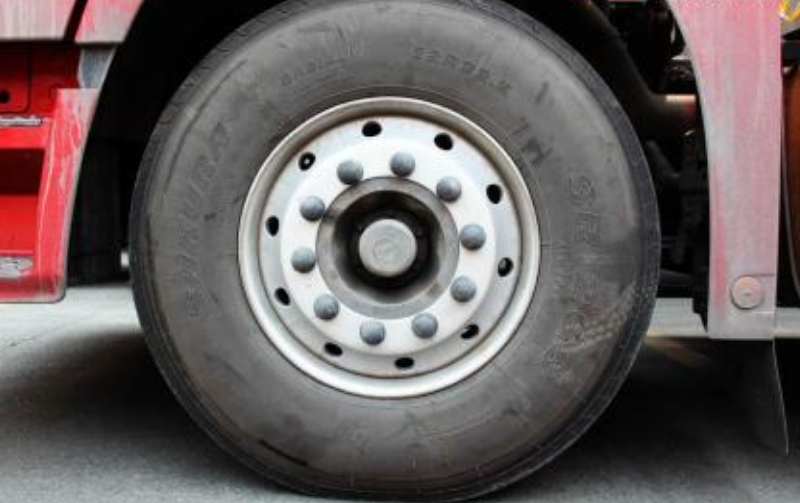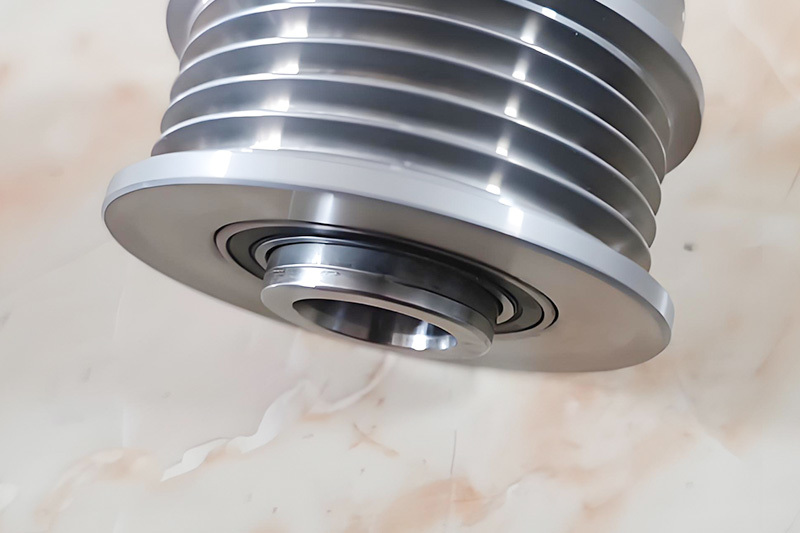News Center
What is the working principle of an automotive clutch release bearing?
When the driver depresses the clutch pedal, the clutch master cylinder generates hydraulic pressure, pushing the clutch slave cylinder, which in turn drives the Clutch Release Bearing towards the diaphragm spring. The release bearing contacts the diaphragm spring and generates pressure, causing the diaphragm spring to move backward, releasing the clamping force on the pressure plate, thus separating the clutch disc from the pressure plate and cutting off the power transmission between the engine and the transmission.
When the clutch pedal is released, the release bearing returns to its original position under the action of the return spring, the diaphragm spring returns to its original state, the pressure plate re-presses the clutch disc, and power transmission is restored.
1. Overall workflow of the clutch system
The main function of the clutch is to control the connection and disconnection of power between the engine and the transmission, enabling smooth vehicle starting, shifting, and stopping. The Clutch Release Bearing is one of the key components in the clutch system; it directly participates in the clutch separation action.
2. Specific operation process of the Clutch Release Bearing
Pedal depressed (clutch disengaged)
When the driver depresses the clutch pedal, the movement of the clutch pedal is transmitted to the clutch release fork through a mechanical linkage or hydraulic system.
The release fork pushes the release bearing forward.
The release bearing contacts the clutch diaphragm spring (or release lever) and applies pressure.
After the diaphragm spring is subjected to pressure from the release bearing, it moves backward, thereby releasing the clamping force of the pressure plate on the clutch friction plate.
The clutch friction plate is separated from the flywheel and pressure plate, the engine's power transmission is cut off, and the vehicle enters neutral; at this time, shifting can be performed.
Pedal released (clutch engaged)
When the driver releases the clutch pedal, the release fork moves backward under the action of the return spring.
The release bearing also returns to its original position and no longer applies pressure to the diaphragm spring.
The diaphragm spring returns to its original state and re-presses the pressure plate against the clutch friction plate.
The clutch friction plate re-engages with the flywheel and pressure plate, and the engine's power is transmitted through the clutch to the transmission, restoring vehicle power
Related News
Contact Us
Address: No.1, Yanjiang East Road, Yulin Street, Xinchang County, Zhejiang Province
Telephone:86-575-83268206
Fax: 86-575-83268202
Website:www.unifar.com.cn
E-mail:unifar@unifar.com.cn
Copyright © 2025 Zhejiang Unifar Automobile Bearing Co., Ltd. All Rights Reseved Powered by 300.cn





